The Babadook: 10 Behind-The-Scenes Facts About The Horror Movie
How Mister Babadook came to be…

One of the most terrifying movies of the past decade, Jennifer Kent’s 2014 psychological horror film, The Babadook, follows a widowed mother as she and her young son come face-to-face with a mysterious figure from a pop-up storybook that is plaguing their once quiet home. With elements of classic monster movies and an exploration of how grief shapes our lives, Kent’s directorial debut became an instant horror classic upon its release.
But how did the movie come to be, and how did Kent and her team create a multi-layered story that doesn’t shy away from trauma, pure horror, and the effect raising a troubled child can have on a parent? Well, as part of CinemaBlend’s partnership with Plex, where you can watch The Babadook streaming for free, we’ve put together a list of behind-the-scenes facts from practically every aspect of the film’s conception and production.
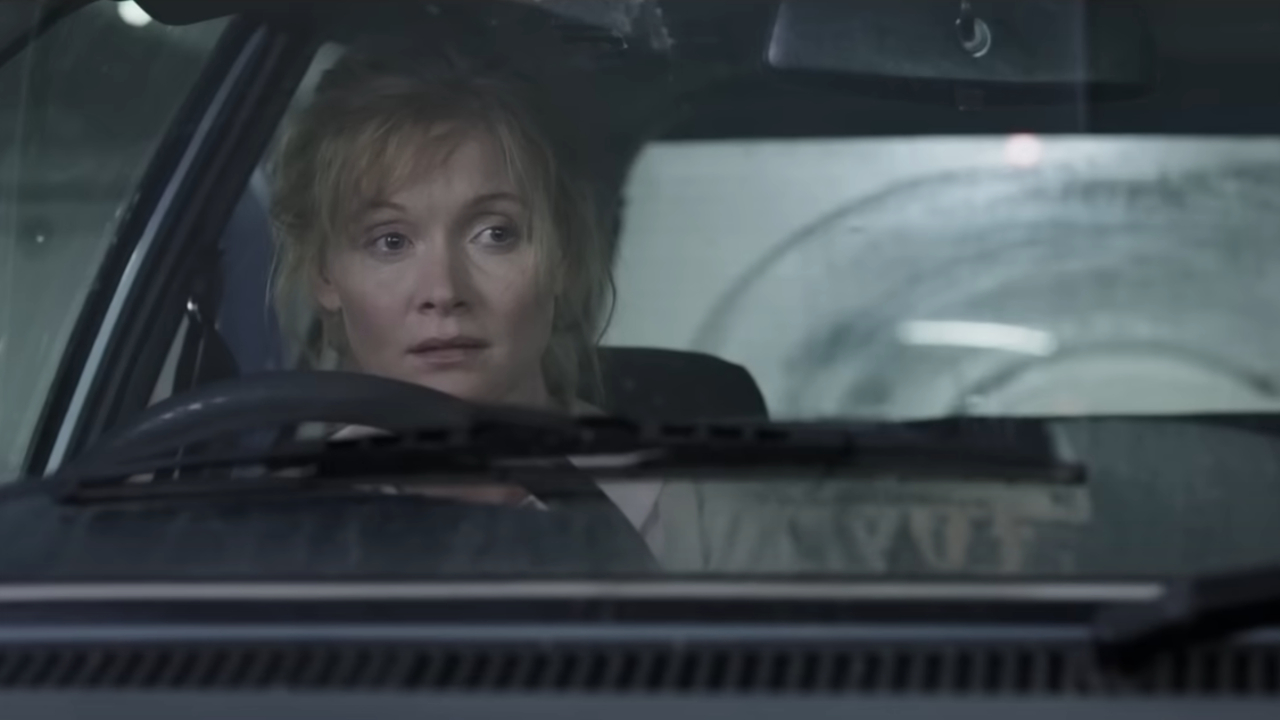
The Seed For The Babadook Was Planted In Jennifer Kent’s Short Film, Monster
Though The Babadook was Jennifer Kent’s first feature film, she previously directed a 2005 short titled Monster, a black-and-white psychological horror movie that has a lot of similarities when it comes to its characters – the movie follows a single mother and her son as a monster enters their home – themes, and thrills. In fact, when speaking with Australia’s Special Broadcasting Service in 2014, Kent revealed that the 10-minute short film contained the “seed” of the feature film, going as far to say it was “a baby Babadook.”
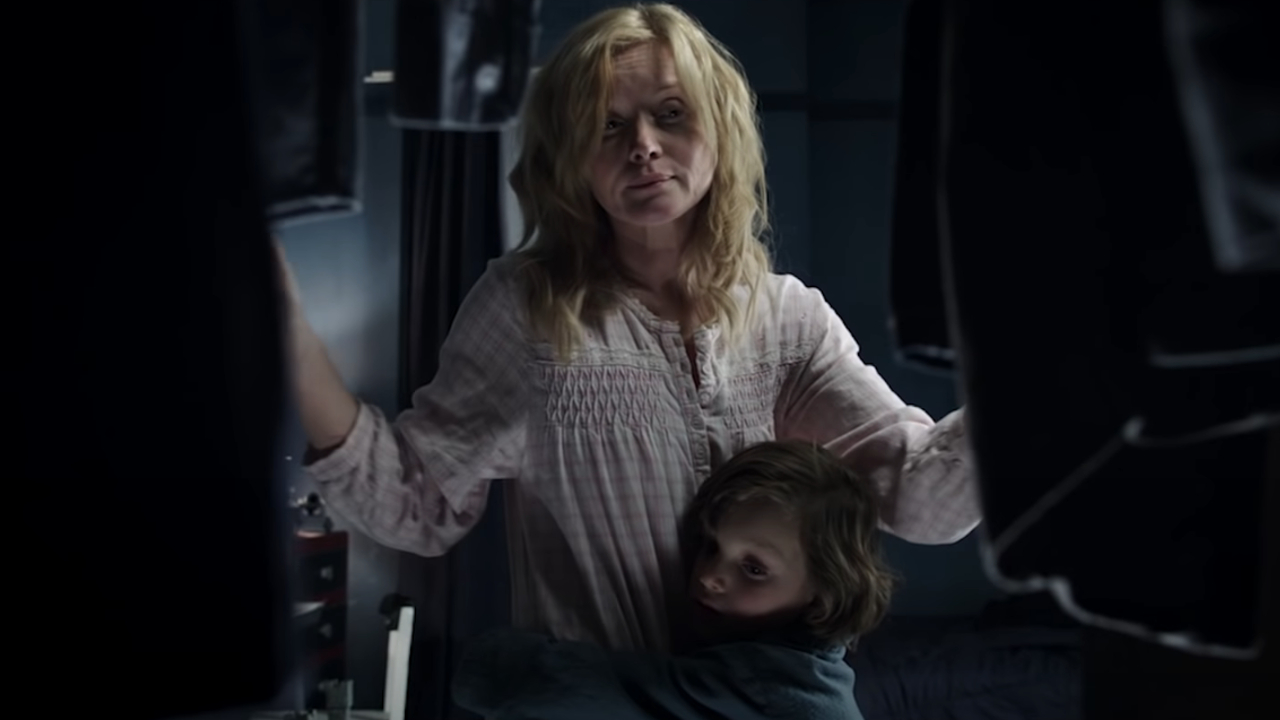
The Babadook Came From A Place Of Wanting To Explore Parenting From A ‘Very Real Perspective’
The Babadook can be seen as an exploration of the struggles of parenting masquerading as a horror movie, and that was a major point of interest for Jennifer Kent when she was working on the script. When speaking with Den of Geek prior to the film’s release, Kent said her research into the topic led her to the story of a father who had a mental break and threw his 5-year-old daughter from a bridge, which triggered something:
I remember being horrified by that. But I also thought, well, he’s a human being. So what actually got him to that point? And is there the seed of that in all of us? I was really wanting to explore parenting from a very real perspective. Now, I’m not saying we all want to go and kill our kids, but a lot of women struggle.
Kent admitted that this side of parenting is a taboo subject, one that no one really wants to discuss. That being said, the filmmaker explained that she had a very hard time finding research on the topic during those early planning stages.

Noah Wiseman Was Cast As Samuel Because He Was ‘Innocent’ And ‘Pure As A Person’
Perhaps the most important role in the movie, Samuel Vanek was a character Jennifer Kent and her team focused on greatly during the audition process. During an interview on The Babadook DVD, the director revealed that while she considered casting an 8 or 9-year-old for the role, she really wanted a child actor the same age of the character (6 years old) as well as someone who had an innocence. Then Noah Wiseman entered the picture:
We found Noah fairly quickly. Once I spotted him, I thought there’s something about him that is really special. He is six, and he’s an innocent six. He has a quality that is really pure as a person, and that translated so beautifully into the character of Sam.
Though Wiseman was perfect for the role and had all the qualities that Kent was looking for in a young actor, working with a young child wasn’t without its difficulties. To sum up the process, the director compared it to trying to get mercury to form in a straight line.
Your Daily Blend of Entertainment News
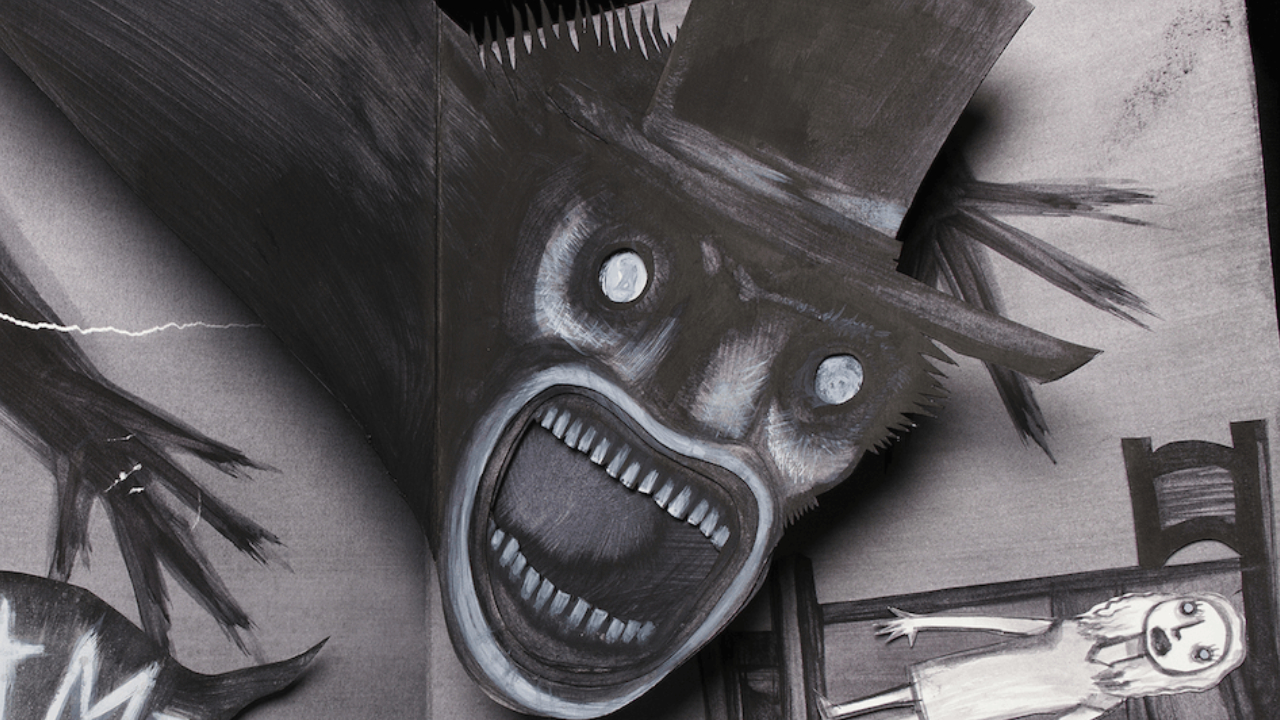
Alexander Juhasz’s Babadook Pop-Up Book Was The First Visual Element Designed For The Movie
Before any of the production design or cinematography, or anything else was established for The Babadook, the producers worked with illustrator Alexander Juhasz to design the pop-up book at the core of its story. In an interview accompanying the film’s home release, Jennifer Kent explained that Juhasz was brought on fairly early in pre-production so that they could get everything figured out with the book and to get it right before moving on to other steps in the process.
Oddly enough, Kent admitted that she was using one of Juhasz’s previous works as a reference for the tone and style of The Babadook before asking if he wanted to join and help develop the pop-up book.
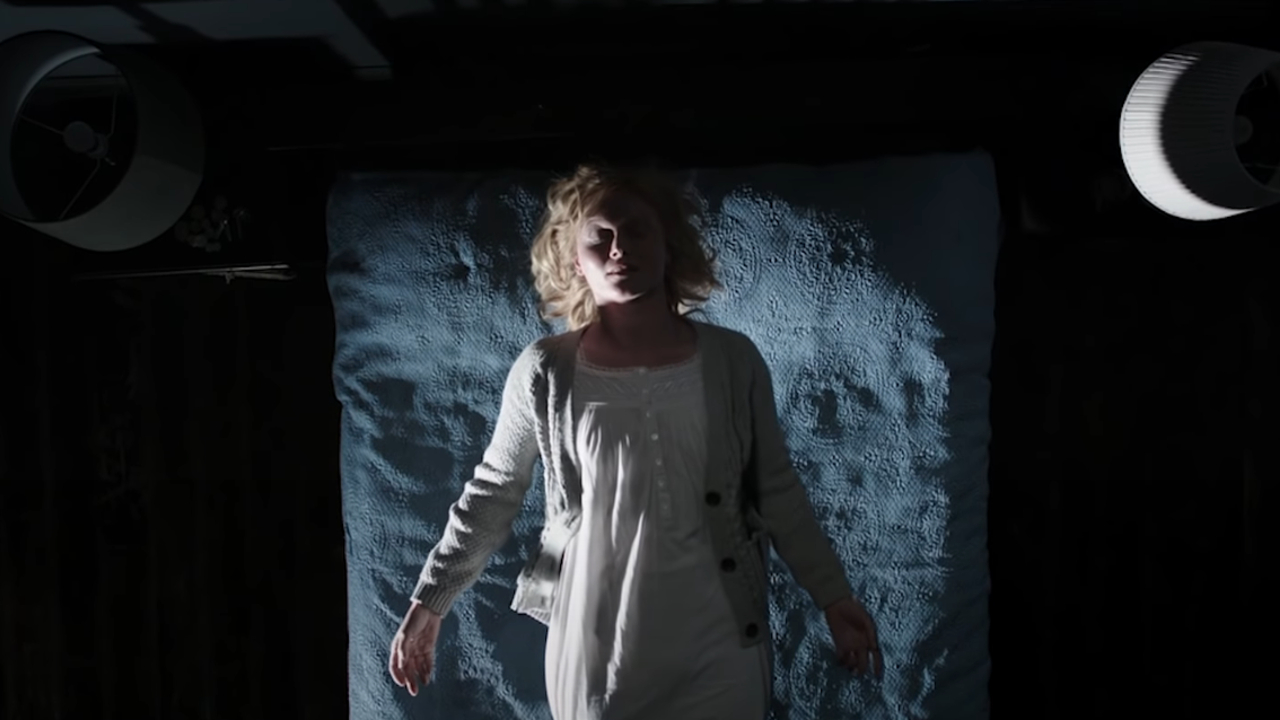
The Design Team Went To Great Lengths To Find Balance Of Light And Dark In Each Shot
The Babadook has a very unique and deliberate visual style, and a lot of that can be attributed to the costumes worn by the actors throughout the movie. During an interview on the film’s DVD release, costume designer Heather Wallace revealed that in addition to having a very strict and particular color palette, the design philosophy also called for a great deal of balance of light and dark in each shot.
For example, whenever Amelia and Samuel are seen in the house, the actors are dressed in lighter colors to stand in contrast to the dark colors and tones of the house. The opposite would happen whenever they were seen in exterior shots, with the characters being dressed in dark clothes to stand out in the outside world. She also noted that the crew kept coats and other objects on hand that were added to provide more balance to any particular scene.
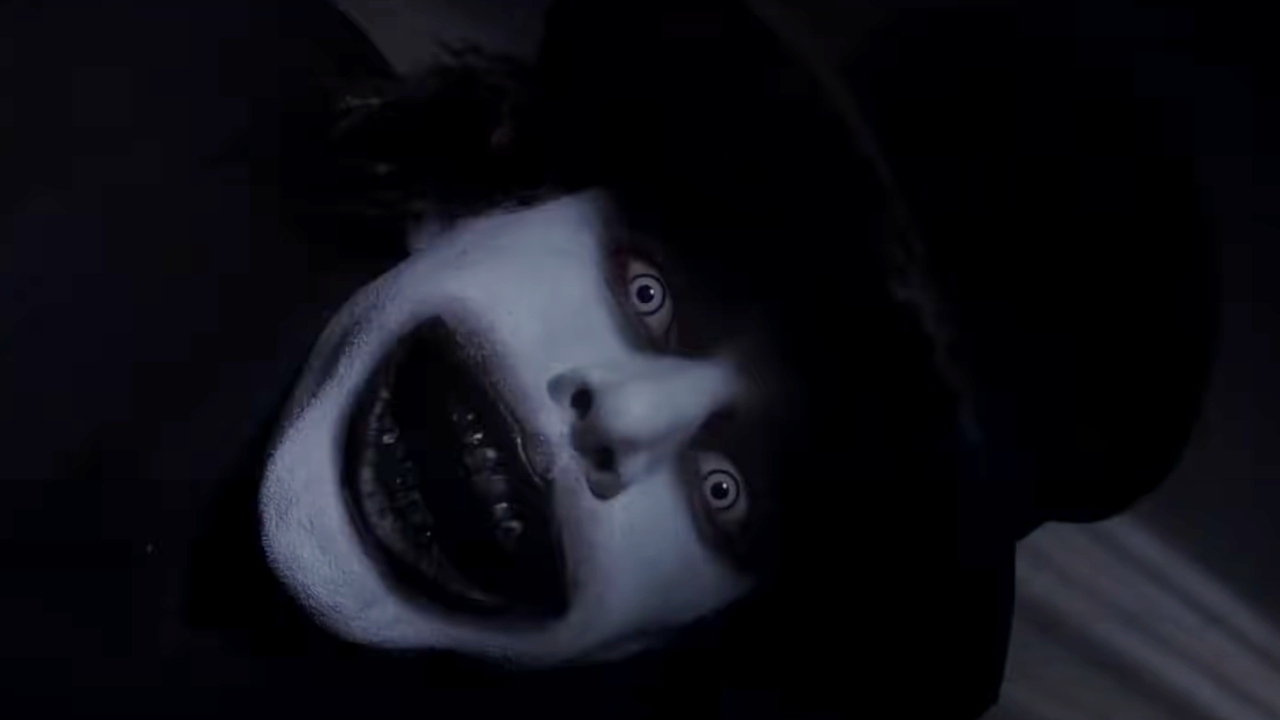
Mister Babadook’s Appearance Was Inspired By Classic Lon Chaney Characters
The Mister Babadook character is one of the more frightening monsters in modern horror history, but the inspiration for the terrifying creature goes back to the early days of Hollywood. In an interview with Mountain Xpress, Jennifer Kent said the monster’s appearance was partly inspired by several of Lon Chaney’s iconic characters in movies like London After Midnight and The Phantom of the Opera, both of which were released in the 1920s.
Kent went on to explain that she was specifically drawn to an image of Chaney in London After Midnight in which “The Man in the Beaver Hat” was manipulated so that it “looks human, but almost not.”
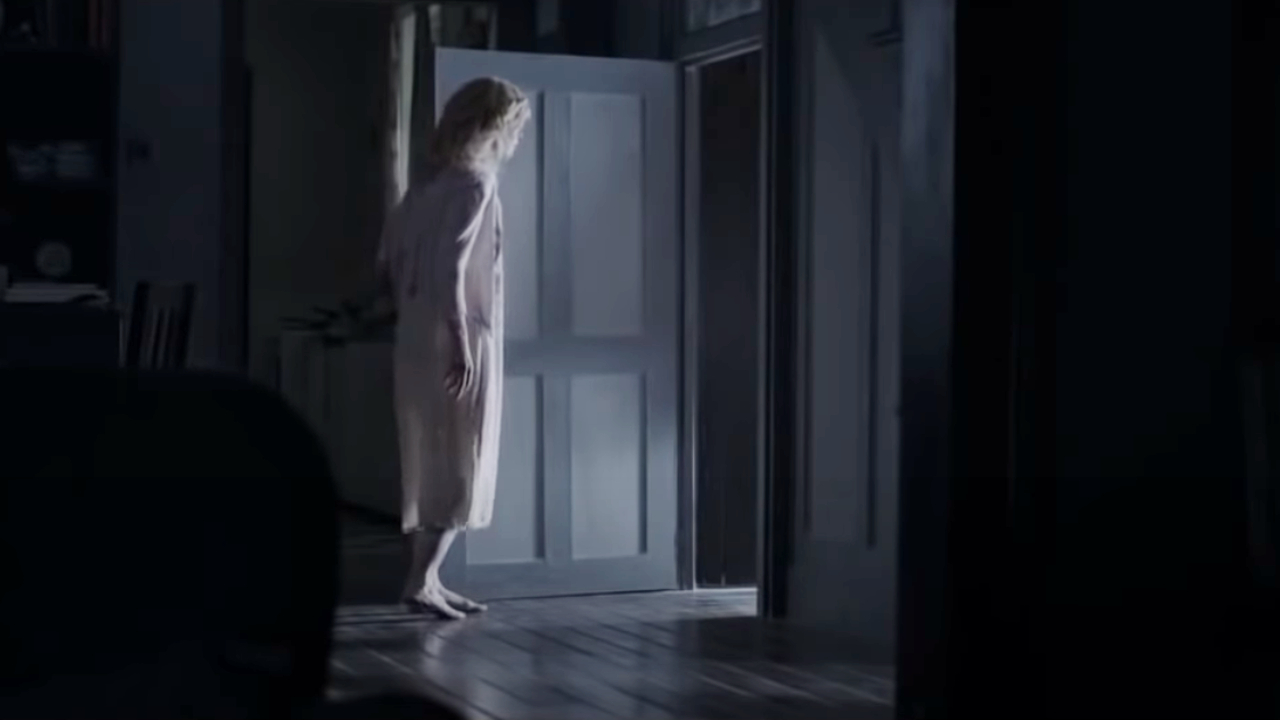
The Interior Of The House Was Designed To Have A Storybook Feeling
Much of what happens in The Babadook takes place in the Vanek home, and so production designer Alex Holmes and his team put a lot of their focus on the creation and fabrication of the set used for all those interior shots. In a DVD bonus feature in which Holmes gave a tour of the set, he revealed that the design philosophy of the house was that of something found in a storybook (like the pop-up book used in the movie).
This provided some challenges as the team had to find a way to make something that looked theatrical and somewhat over-the-top but tied to reality enough that it wouldn’t take the audience out of the movie. As was the case with the costumes, the interior of the house also had a restrictive color palette of grays and blues to fit within that design philosophy.

Jennifer Kent Wanted The Audience To Feel Uneasy And As If A Pair Of Hands Was Slightly Getting Tighter Around Their Neck
Throughout the making of The Babadook, Jennifer Kent and her team found unique and clever ways to crank up the tension to make the audience feel uneasy. During a Vanity Fair Director Explains video, Kent revealed that one of the ways she did this was by using a lot of negative space around Amelia Vanek (Essie Davis) in the frame as the story progressed, which used to create an uncomfortable feeling:
I wanted it to feel like a pair of hands gently placed on the audiences’ neck growing tighter and tighter until they felt they couldn’t breathe, and the camera, amongst other things, was a way to achieve that.
With the movie’s small budget, the director and her team came up with some rather crafty techniques to make the whole experience all the more terrifying, whether the audience realized this or not.
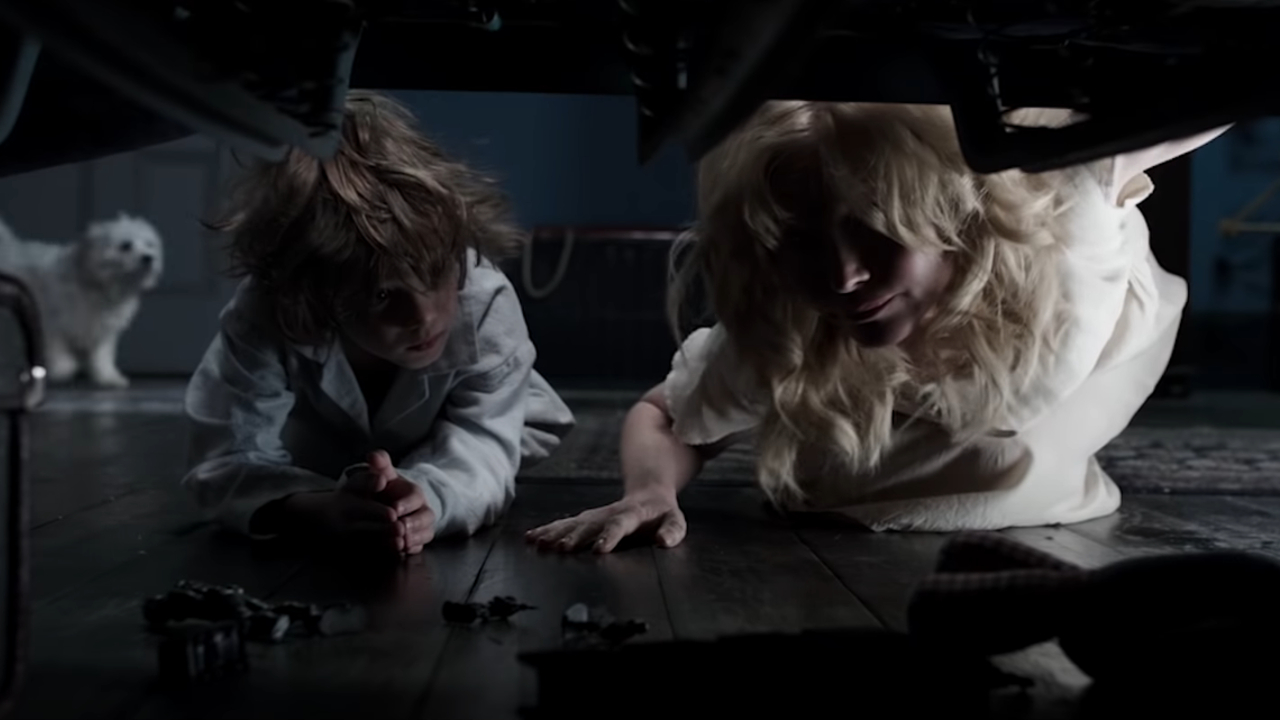
The Furniture And Floors Within The House Had To Be Stained To Match The Tone Of The Movie
Pretty much every piece of furniture and every square foot of flooring within the Vanek house had to be stained prior to the filming of The Babadook. In the tour of the house set accompanying the DVD release of the film, Alex Holmes went into great detail about the decision to darken everything so that it matched the tone of the movie, a process that took several weeks to complete when it came to the floors.
Holmes explained that since most of the interior shots feature the floorboard of the Victorian style house one way or another, it was important to have them match. However, the constant use of the floors by the cast and the crew scuffed them up, which provided an additional lived-in quality to the set.
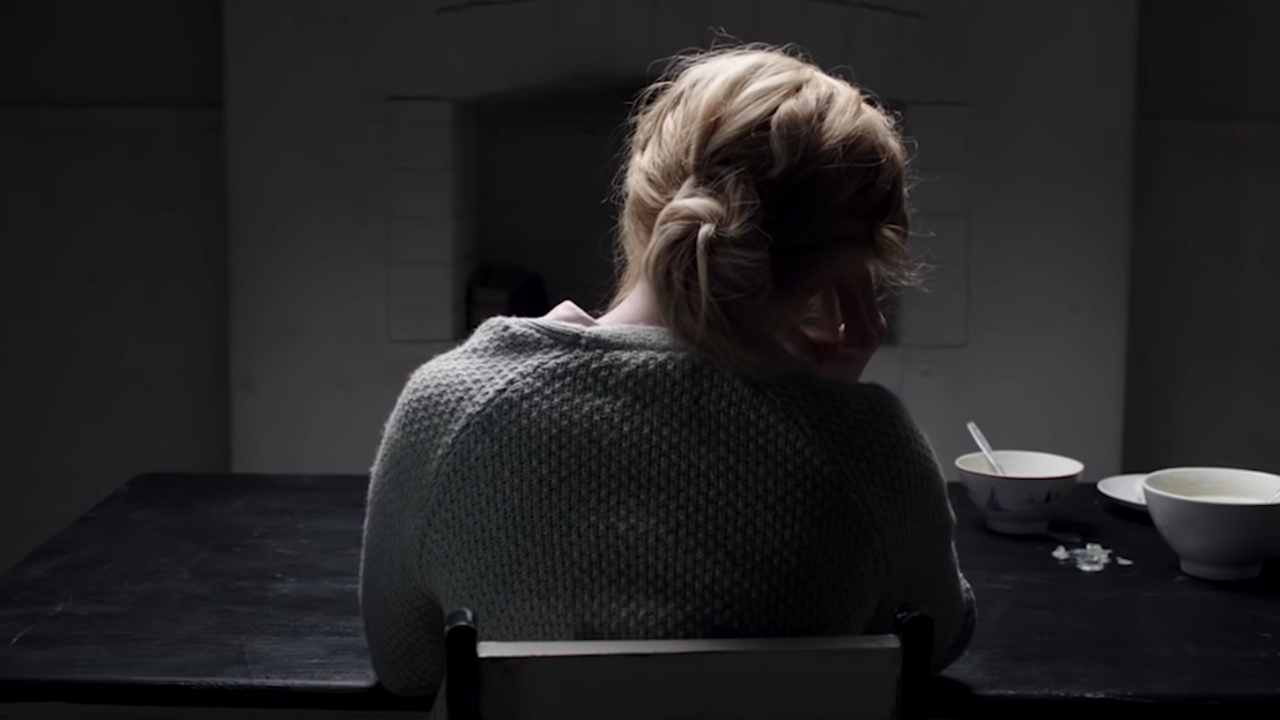
The Movie’s Producers Used A Kickstarter Campaign To Cover The Design Expenses
During the closing credits of The Babadook, there’s a section thanking everyone who contributed to a Kickstarter campaign that allowed the producers to close the gap on the production budget and take care of all of their design needs. When speaking with StudioDaily following the movie’s release, Kent explained:
We had a large set: the home location is a set. So the funds we had didn’t quite cover all the design expenses. Kickstarter was a way to close that crucial gap, so that we could build the world of the film and have a special visual world.
Though the producers had money in place at the beginning of the production to cover most of the expenses, they needed an extra $30,000 to help bring the movie’s distinct visual style to life in the way they initially imagined.
Hopefully these behind-the-scenes facts give you a greater understanding and appreciation of The Babadook and all the work that went into the conception and execution of its production. After checking out these stories, now would be a good time to watch the 2014 psychological horror film, which is streaming for free on Plex.

Philip grew up in Louisiana (not New Orleans) before moving to St. Louis after graduating from Louisiana State University-Shreveport. When he's not writing about movies or television, Philip can be found being chased by his three kids, telling his dogs to stop barking at the mailman, or chatting about professional wrestling to his wife. Writing gigs with school newspapers, multiple daily newspapers, and other varied job experiences led him to this point where he actually gets to write about movies, shows, wrestling, and documentaries (which is a huge win in his eyes). If the stars properly align, he will talk about For Love Of The Game being the best baseball movie of all time.
